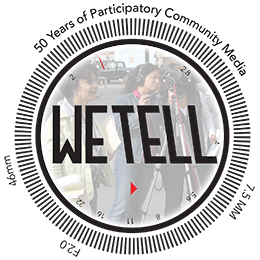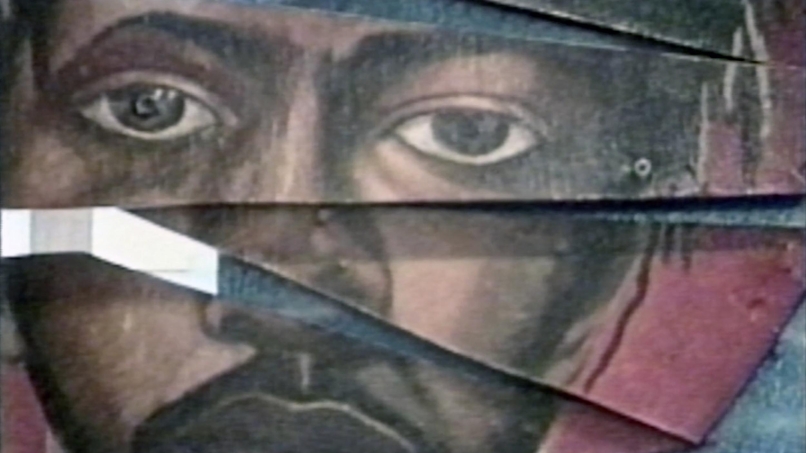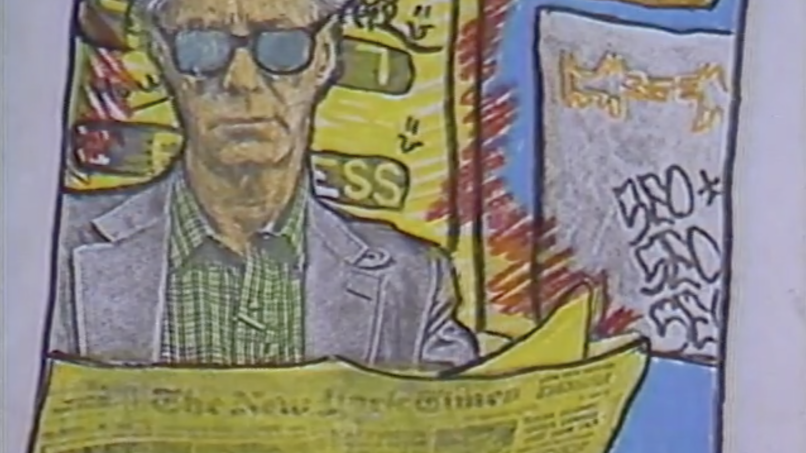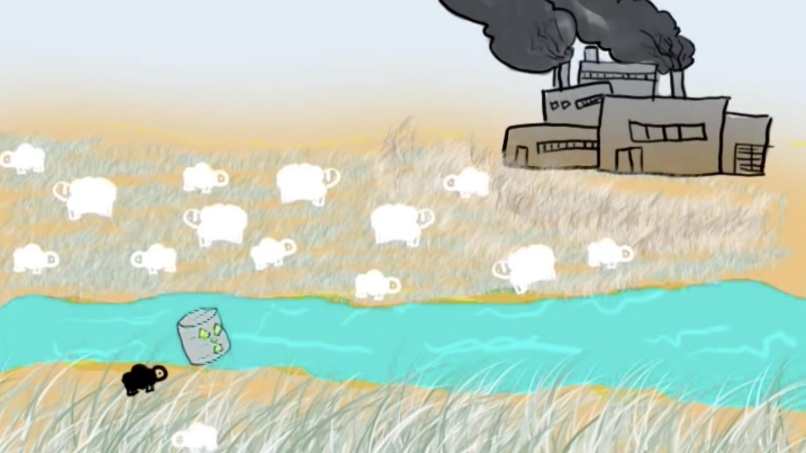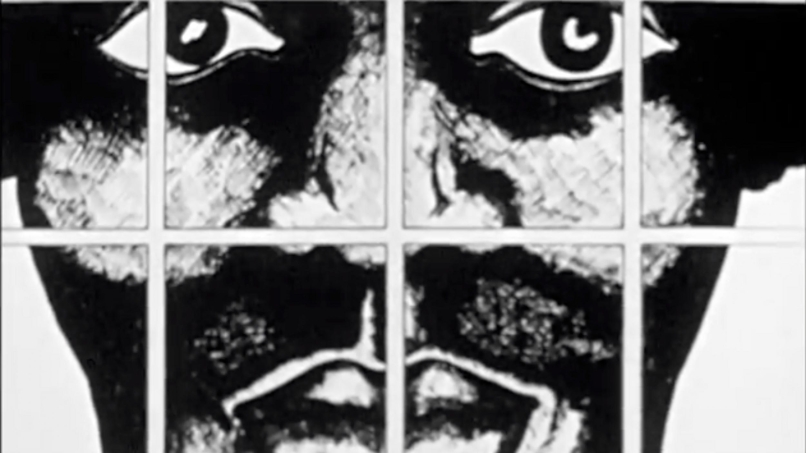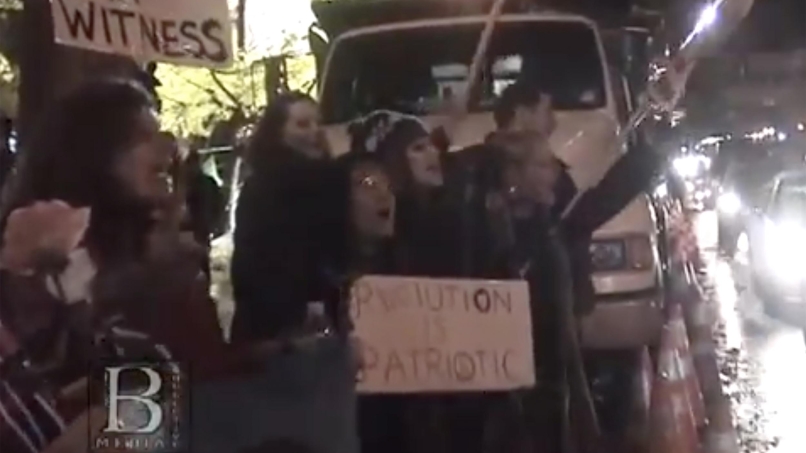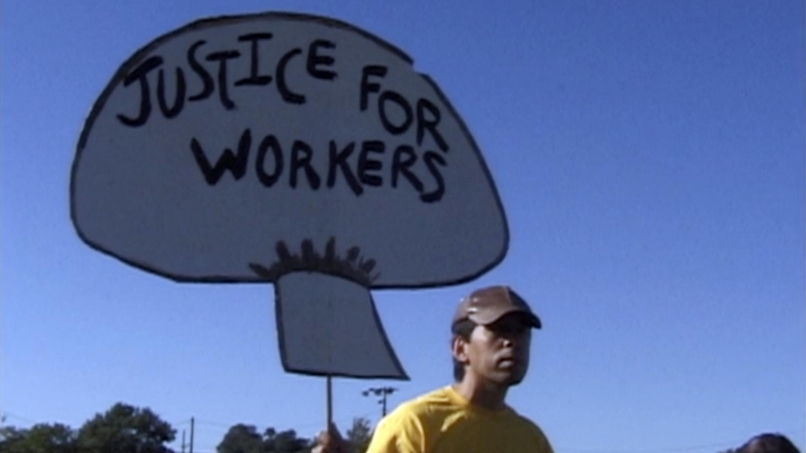National Touring Exhibition
Curators: Louis Massiah, Scribe Video Center and Patricia R. Zimmermann, Ithaca College
Archive Research by the XFR Collective
We Tell: 50 Years of Participatory Community Media, a national traveling exhibition, chronicles the hidden histories of place-based documentaries that situate their collaborative practices in specific locales, communities, and needs for social and political change.
Participatory community media represents a unique form of short documentary practice produced with communities and the subjects engaged in decision-making and representation. These works embrace and enhance the micro rather than the macro as a production strategy. They shift discourse and debate from the national to the local. Instead of the long form theatrical feature, participatory community media utilizes the short form documentary circulating within and across communities and politics.
Rather than one auteur with a single vision, subjects and communities share authorship. Rather than parachuting into a place during a crisis, these works emerge out of spaces confronting urgent unresolved issues that have a direct impact on communities. Rather than documentary as a commodity to be consumed passively in a festival, gallery, or broadcast venue, these works envision documentary practice as a way to generate dialogues and galvanize community connections across production, distribution, and exhibition.
The works showcased in this exhibition invent new ways to exhibit media in communities for communities. All the works in this exhibition are short, all under sixty minutes in running time. Their length differs from feature-length documentaries, signifying that the post-screening conversations they mobilize are as important as the pieces themselves. These works circulate within and across communities, outside of traditional exhibition venues of theaters and broadcast, in political groups, community centers, and other small venues.
Participatory community media involves collaboration, negotiation, and a shared vision. In this scalable and sustainable documentary practice, communities render their own analysis of the world. They reconfigure media as a tool for democracy, change, and a way to confront power. Participatory community media constitutes a cinema of utility, a cinema used directly by communities to reclaim histories, power, and stories. Many community media centers and collectives across the United States have functioned not just as places to provide access to media tools and training, but also as empowering nodes propelling people to tell their own stories from the places where they live.
The works featured in We Tell are organized into six thematic programs. Each explores salient topics erupting across fifty years of this practice of a documentary of utility and urgency: Body Publics; Collaborative Knowledges; Environments of Race and Place; Wages of Work; States of Violence; Turf. Each of the thematic programs is organized chronologically to show development of ideas, media technologies, and politics.
We Tell features a diversity of voices, community groups and collectives, historical time periods, social and political issues, and geographic locations across the United States. This exhibition also shows how the development of accessible and affordable media technologies facilitated these small, micro-budget community-based films, moving from 16mm, to Portapak, to video, to cable access television, to satellite, to digital video, to mobile phones, to social media, to drones.
We Tell features forty separate media projects and thirty-five different nonprofit community-based media organizations. The exhibition not only excavates and celebrates this important, vital fifty-year history of participatory community media in the United States, but also restores these legacies as a vital, vibrant sector of the ecologies of documentary.
